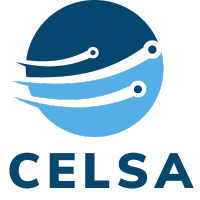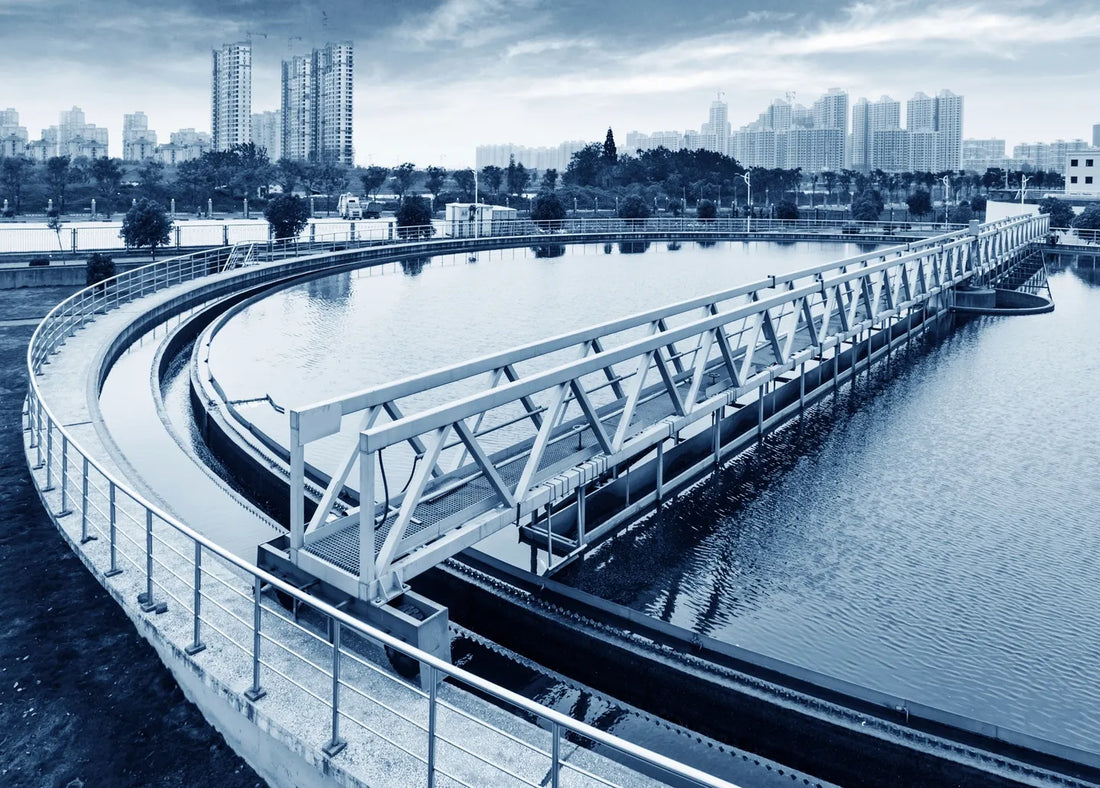Growing Global Demand for Ultrapure Water and Chemical-Free Treatment Drives EDI Market
The global EDI market is growing rapidly due to the increasing demand for ultrapure water in various industries, including electronics, power generation, pharmaceuticals, and semiconductors. The market is expected to expand further due to improvements in EDI quality and the rise in wastewater generation. Factors such as rapid industrialization, urbanization, and population growth in developing economies contribute to the market's accelerated growth rate. Despite the high installation and capital requirements, EDI offers advantages such as chemical-free water treatment, leading to its adoption in sectors like cosmetics, pharmaceuticals, semiconductors, and food and beverage.
Global EDI Market: Growth Projections, Pandemic Impact, and Successful Implementations
The global EDI market was valued at USD 950.94 million in 2021 and is projected to reach USD 1760.12 million by 2029, with a compound annual growth rate of 8.00%. The COVID-19 pandemic had a mixed impact on the industry, with increased demand for pharmaceuticals but challenges in the food and beverage sector. Several successful commercial-scale EDI plants have been implemented worldwide, showcasing their effectiveness in water treatment.
1. Con Edison's Steam system, New York: This EDI plant has a production capacity of 1500 m3/h for make-up boiler feed water.
2. The Nelson Dewey Generating Station, Mississippi River, Cassville, Wisconsin: With a production water capacity of 11.3 m3/h, this plant utilizes EDI for water treatment.
3. Amgen Building, Thousand Oaks, CA: This EDI system meets the United States Pharmacopeia (USP) 24 requirements for chlorinated feed water and has a water production capacity of 5.7 m3/h.
4. Storuman Power Plant, Sweden: This plant employs an RO-EDI system to produce make-up boiler feed water with a capacity of 5.5 m3/h.
5. Large-scale RO-EDI plants in Hokaido, Japan: These plants produce water for hemodialysis, with a capacity of 2 m3/h.
6. Rijnmond Energy Center, the Netherlands: Two-train EDI systems with a capacity of 85 m3/h each were installed at this facility.
7. Badak NGL, East Kalimantan, Indonesia: This EDI plant produces high-pressure boiler feed water with a capacity of 100 m3/h.
8. Qingdao Hengyuan Cogen EDI Plant, China: The EDI plant has a water production capacity of 180 m3/h (2 × 90 m3/h)
Extracted from: Khan, Zaheen Ullah, et al. "Electro-deionization (EDI) technology for enhanced water treatment and desalination: A review." Desalination 548 (2023): 116254. (Link)

